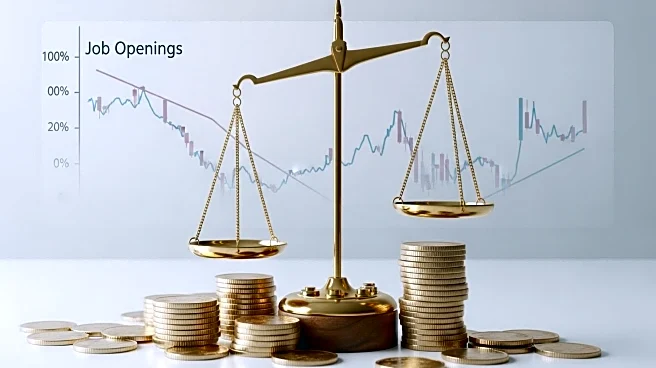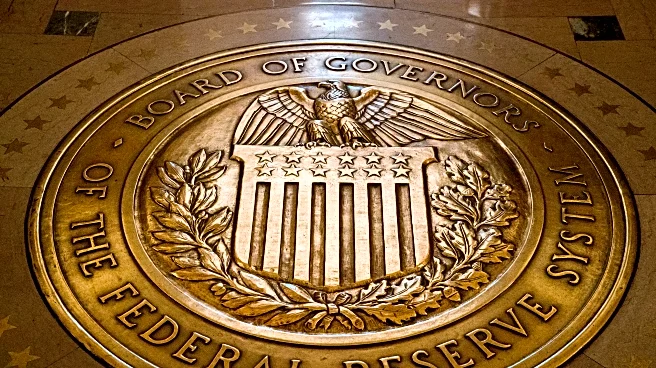What's Happening?
Federal Reserve Governor Christopher Waller has called for interest rate cuts in response to weakening labor market conditions. Waller's remarks highlight the need for rate adjustments to stimulate economic activity and address the declining job market. His stance comes amid internal dissent within the Federal Reserve regarding the necessity of rate changes, balancing inflation concerns with job creation. The recent drop in long-term bond yields suggests market anticipation of rate cuts, which could lead to lower mortgage rates and increased affordability for homebuyers. The Federal Reserve faces a complex decision-making process influenced by President Trump's pressure to lower rates and ongoing legal disputes within the Federal Open Market Committee.
Why It's Important?
The potential rate cuts advocated by Waller could have significant implications for various sectors, particularly the housing market. Lower mortgage rates would enhance affordability for homebuyers, potentially boosting the real estate industry. Additionally, the Federal Reserve's decision on interest rates is crucial for managing inflation and supporting economic growth. The internal dissent and political pressure surrounding rate adjustments underscore the broader economic and political implications, affecting stakeholders from policymakers to consumers. The outcome of these discussions could shape the economic landscape, influencing investment strategies and consumer confidence.
What's Next?
The Federal Reserve is expected to address these issues at its upcoming meeting on September 17, where a modest quarter-point rate cut is anticipated. The decision will be closely watched by market participants, as it could signal the Fed's approach to balancing employment figures and inflation concerns. Stakeholders, including political leaders and businesses, will likely react to the Fed's decision, influencing economic forecasts and strategic planning. The ongoing debate within the Fed and external pressures may continue to shape the trajectory of U.S. monetary policy.












